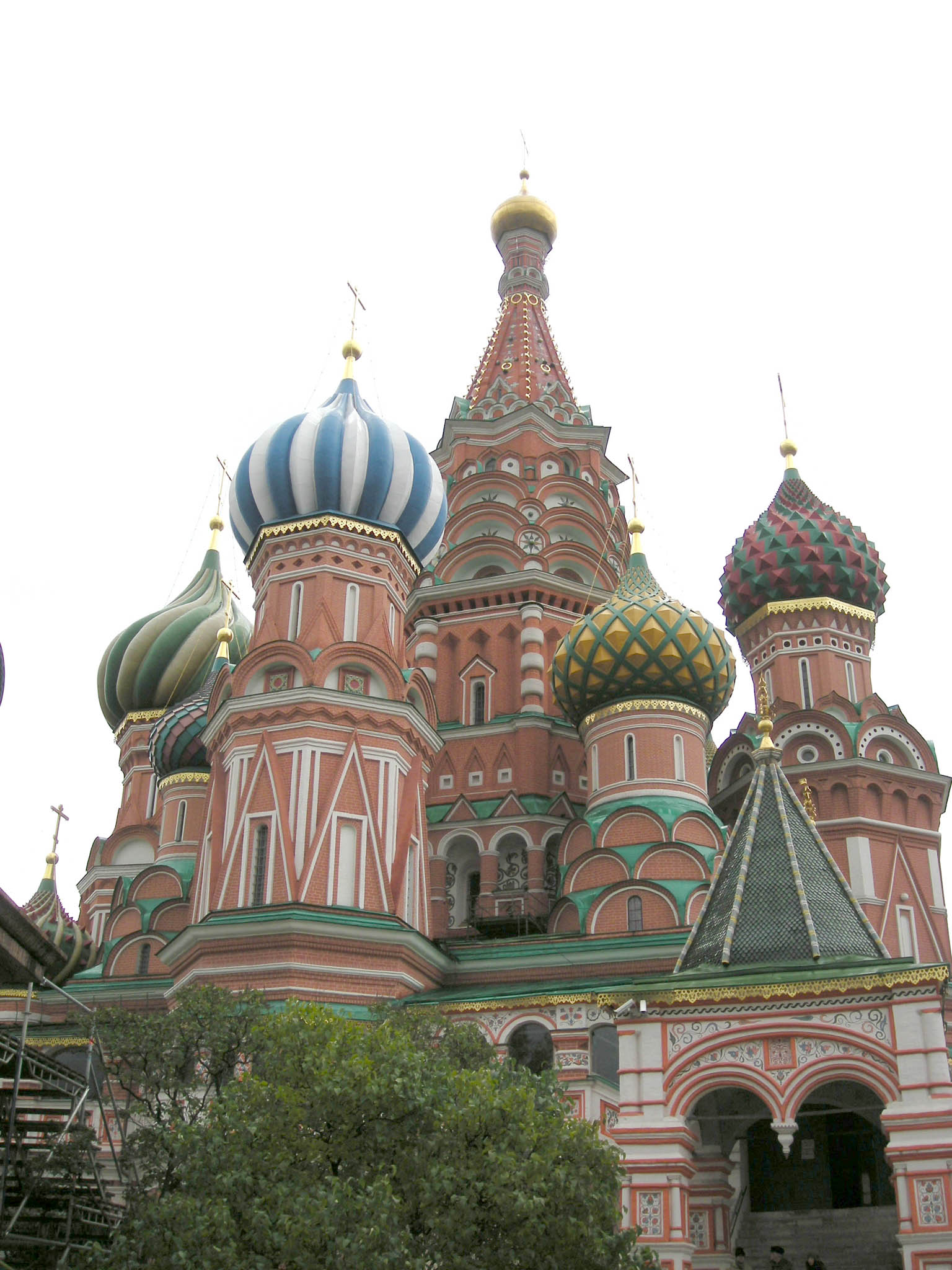First published in Tulay, Fortnightly Chinese-Filipino Digest 25, no. 7 (September 11-24, 2012): 8-11.
A district near the Kremlin is called kitai gorod: Chinese district. Yet, the Kitaiski are almost invisible in the city.
Chinese presence in Russia assumes some importance given the border the two countries share, and increasing number of agreements on trade and security between them. There are perhaps 400,000-500,000 Chinese living in Russia, although some estimates place their numbers as high as five million.
In 2007, statistics from the Russian Federation said 300,000 Chinese lived there, with legal documents allowing them to work in construction, agriculture, lumber industry or commerce.
But others are illegal immigrants, either because they have remained in the country beyond the authorized period of stay accorded them; or because they are engaged in an activity different from the main reason of their stay.
Many Chinese students work in Chinese companies doing business in Russia. Local conditions allow this situation, and immigration officers are complacent.
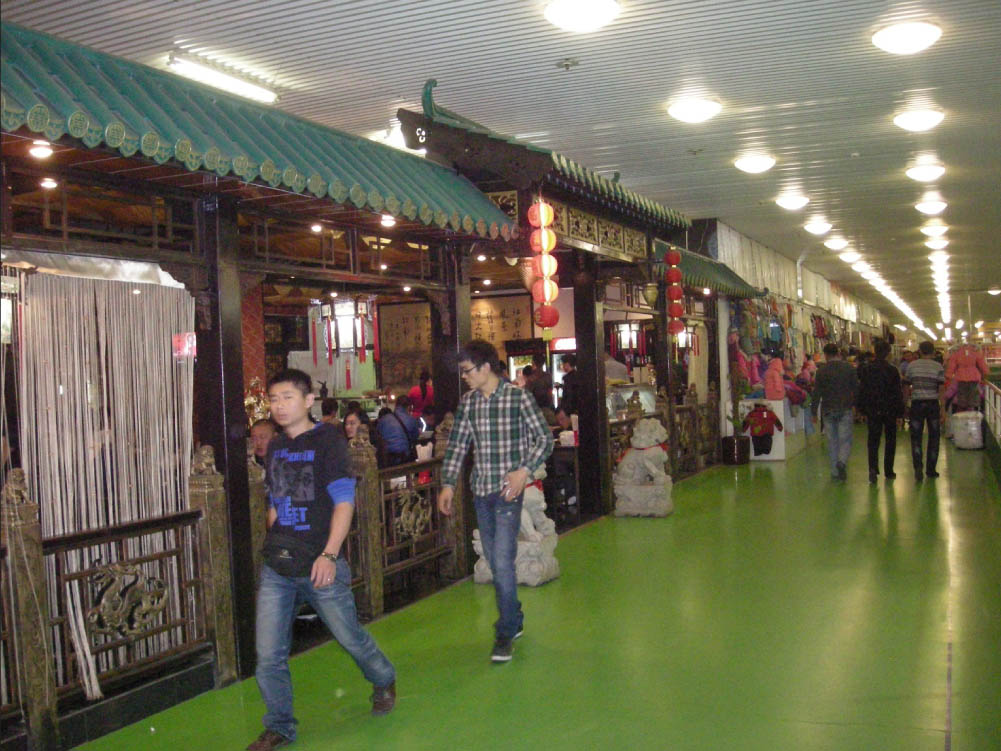
The Chinese population on Russian territory is equally distributed in two areas: the Far East and the capital city, Moscow.
In the Far East regions, there are many Chinese in the cities of Khabarovsk, Vladivostok and Chita on the banks of the Baikal Lake.
Newspapers have been drawing attention to the significant growth of illegal immigration in these regions near the border. Media reports show the dismantling of illegal workshops (particularly those making shoes) that manufacture products made with toxic materials, products meant for the poor.
Organized crime in these regions has also been denounced.
Asian presence near the border is not new: Chinese and Koreans numbered 2,000 in 1989, then 35,000 according to the 2002 census. Some of them hold legal permits to stay: these work in the local agriculture industry; they lease or even buy land.
There are also illegal immigrants who enter on tourist visas and go into business during their short stays. Mixed communities have formed: some Chinese are naturalized Russians, often through fictitious marriages, a trick learned from Koreans who are long-settled in the region.
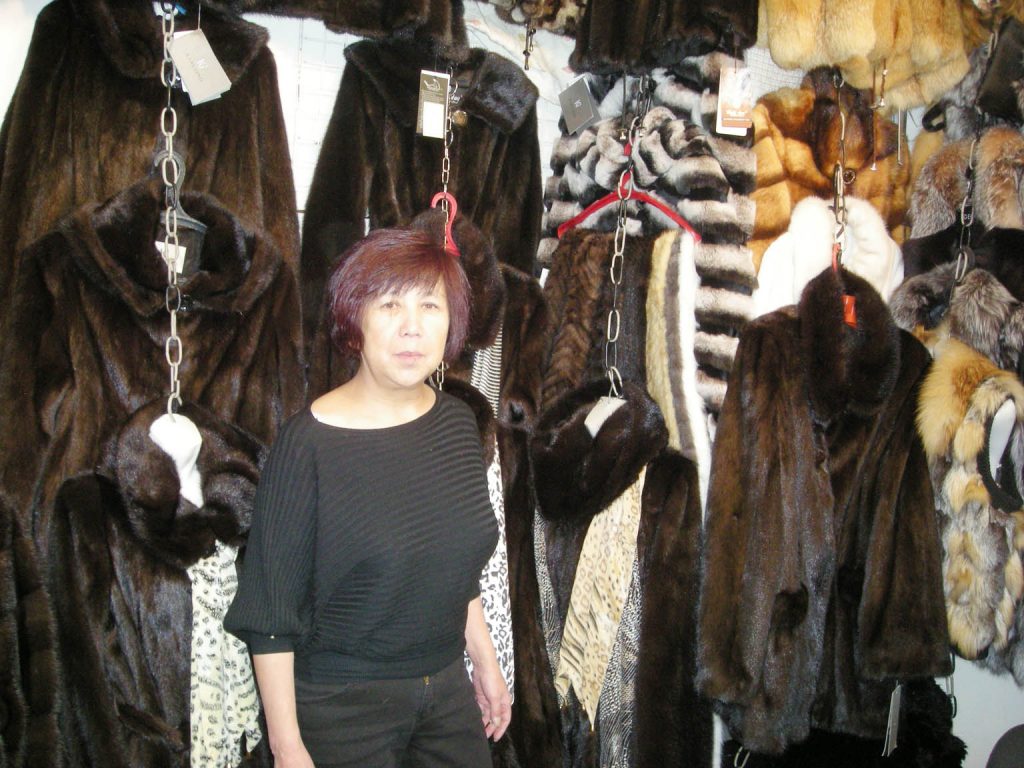
The fall of the Union of Soviet Socialist Republics opened up borders that reactivated the Chinese presence in Russia. The Russian-Chinese borders dated mostly from treaties of the 19th century between different Western powers and China. In 1969, there were incidents between China and Russia over the Ussuri and Amur rivers.
Relations were rekindled during then-president Mikhail Gorbachev’s term with the signing of the April 1991 agreement that set the 4,259-kilometer border. Border checkpoints operated, ports opened: a quadripartite agreement (Russia-China-North Korea-Mongolia) was signed to relaunch rail transportation exchanges and the construction of new railway lines.
This plan was completed by a regional security agreement signed April 26, 1996 in Shanghai by Boris Yeltsin, Jiang Zemin and the former socialist republics of Kazakhstan, Kirghizstan, Tajikistan (all have common borders with China) to increase exchanges suspended between 1969 and 1982.
The regions fought to gain new passage points (namely bridges built over the Amur River). Regulating passage in the Khasan district was integrated in the economic development plan of the Tyumen River.
The growing number of passage points has created cities like Manzhouli, but there is tension, particularly in districts like Khanka and Oussouriysk. Fluvial islands upstream of Khabarovsk, a city 30 km north of the Chinese border, were ceded back to China in 2008.
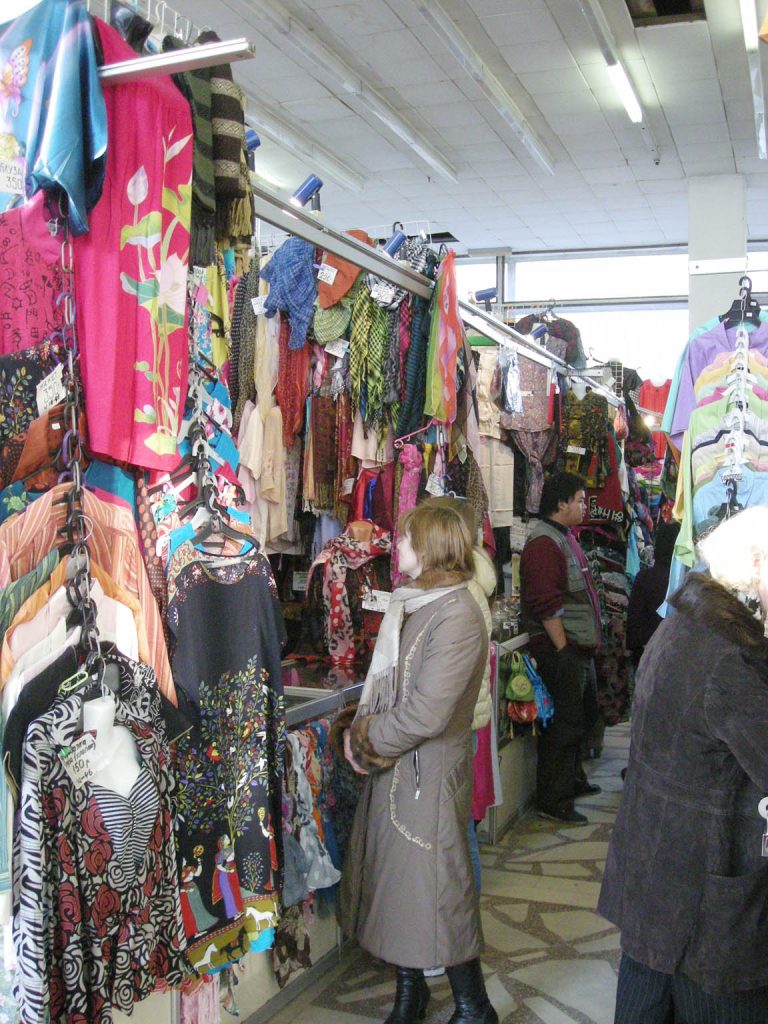
In the same year, China and Russia signed yet another treaty that settled a dispute on the eastern part of the border.
Manzhouli, Oussouriysk, and Khabarovsk are part of eastern Russia.
The border has become so porous that it is a source of new problems. Adjacent regions are flooded with Chinese goods smuggled in and partly redistributed in all of Russia; and all kinds of trafficking – for cheap consumer goods, illegal migrants – proliferate.
In Western Russia, Moscow has the largest Chinese community, but smaller ones exist in every big city in the country. The Chinese first settled in Moscow in the early 1990s, in old abandoned office buildings transformed into apartments and offices. They could first be located in the northern part of the city and most often in subway stations where they managed small stalls selling leather clothing from China.
They progressively transferred their stalls to the Expo Park, north of the city, where the exhibition pavilions have shops selling fabrics or clothing (of leather or fur).
Many Chinese tend stalls in Moscow’s big open-air markets, selling cleaning products, plastic items meant for poor folk. For instance, they were present for a long time in the Izmailovskaya market, an old marketplace for pets. Here, the number of Chinese merchants grew so much leases went up.
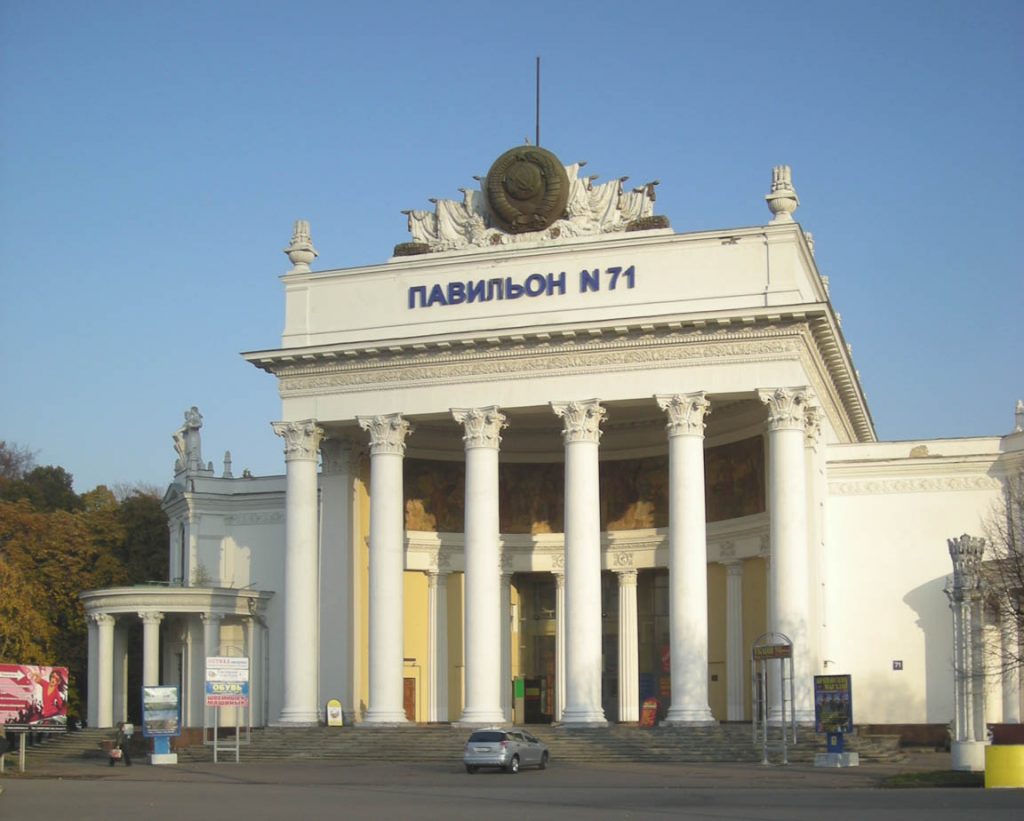
This made local merchants complain to local authorities, who, also because of added media exposure, started to take interest in the Chinese there.
The municipal policy then implemented by Mayor Loujkov (dismissed in 2010 for embezzlement) tried to regulate the city’s market spaces mainly dominated by an informal economy.
As a result, the Izmailovskaya market was temporarily closed and the Chinese had to look elsewhere for commercial space.
Some of them moved to the annex building of Pavilion 71 in Expo Park: 150 stalls there are managed by Chinese merchants who sell leather and fur and clothes for the local population. These Chinese merchants have been in the country for more than 10 years.
In Moscow’s suburbs, there are two places where Chinese merchants can be found: at the Sadovod market, also called “white house (belaya datcha),” and at the Lubiano market (also named Mockba market).
The latter is a huge covered market, a mall southeast of the city, within a working-class district, its landscape marked by different generations of residential buildings.
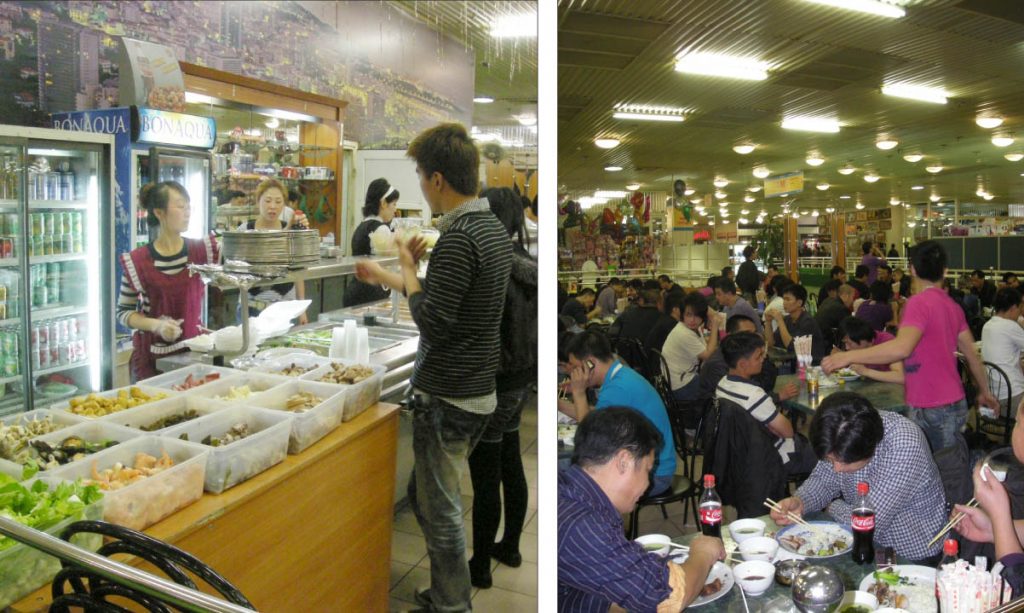
It is also not very far from a subway station. From the station exit, there is a flow of pedestrians to the market, a recent structure of 4,300 stalls of varying sizes leased from US$4,000 (P167,000) to US$20,000 (P835,000).
The place projects a hardworking atmosphere, many pushcarts circulate in the alleys, and security guards are everywhere.
The market specializes in wholesale, however, retail sale is common particularly in the sale of beautiful fur pieces. Here the merchants are Chinese as well as other foreigners from Central Asia and Caucasia.
The goods in the stalls – whether tended by Vietnamese, Kirghiz or Indians – all come from China. Merchants from Central Asia are the most numerous as they were part of the former U.S.S.R. and enjoy more flexible conditions for movement of goods.
Being ethnic Russians, they have no communication problem. Chinese merchants in this market specialize in selling leather and fur goods, and shoes.
In their shops, they are assisted by Russian-speaking employees (young women either Russian or from Central Asia) who make the deals. A fur coat can be negotiated for around US$200 (P8,400).
These Chinese know some basic Russian so they can communicate with employees.
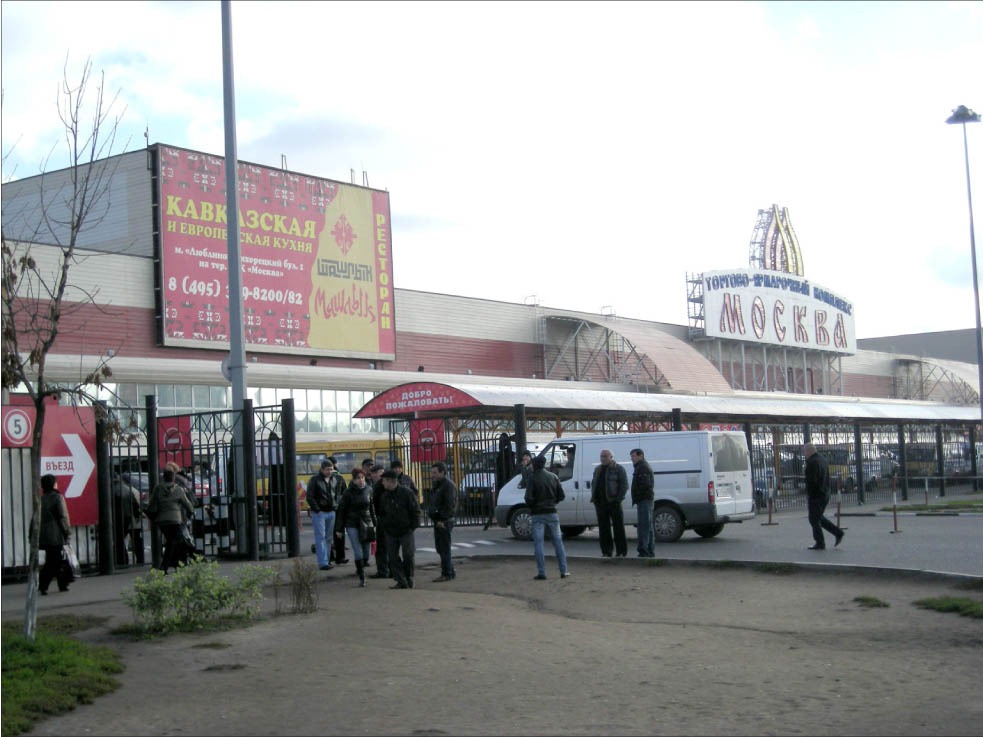
On the second floor of this mall, there are two food courts specially meant for the Chinese, with stalls managed by Chinese: Chinese characters finally make their appearance in the menu cards!
The Chinese shopkeepers meet here for lunch, and to read Chinese newspapers. Section three of this market is really intended for this community.
Like other merchants, the Chinese cater to the poor segment of the Russian population. This mall allows them economic integration, in a well-defined space, controlled by the local authorities.
The Chinese have been unable to move into the city center because leases are expensive, and the areas around the Kremlin are mostly office and shopping districts catering to wealthy Russians and foreigners.
Even as the Chinese move into Russia, so have Russians been going to China.
Russians speak English and they wish to go and live abroad. China is a popular destination for them, and Chinese language courses are in demand in many Russian universities.
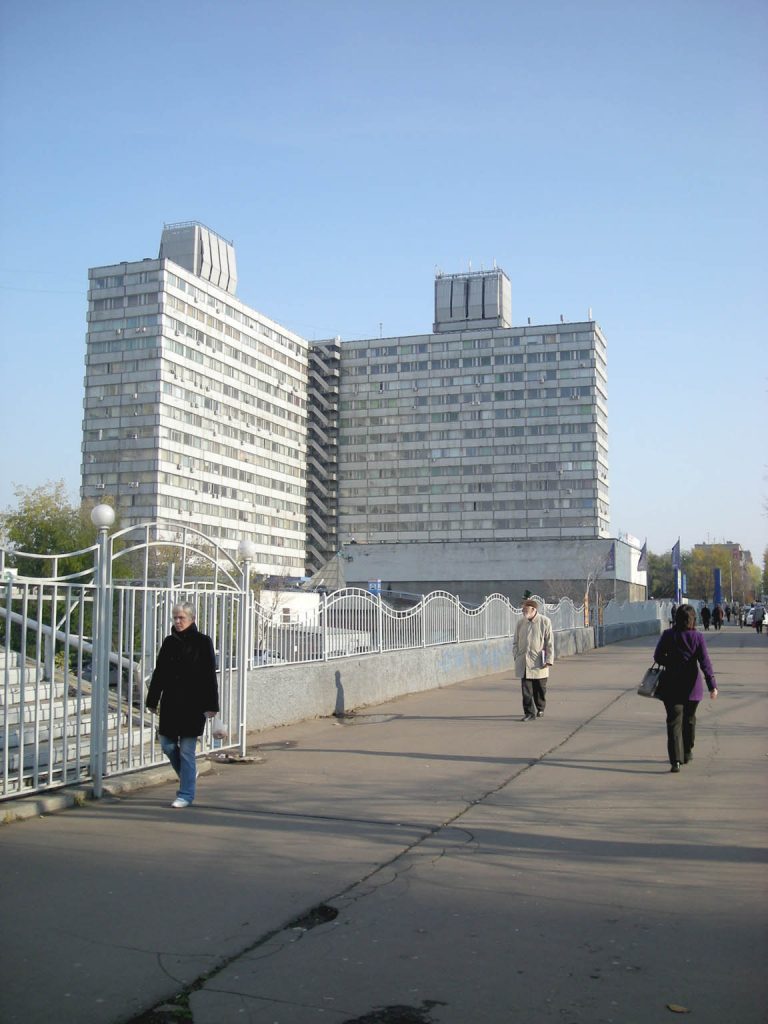
There is no available estimate on this Russian migration to China, but the phenomenon is not new: in the 1920s when Russian communities settled in Harbin and Shanghai, it was called “white emigration.”
The new generations of migrants seek first and foremost an opportunity for social promotion, to better and safer living conditions.
It should be noted that for some young Russians from Far East Russia, their vision of modernity comes from China, as they have had more opportunities to discover Chinese big cities than far away Moscow.
In recent years, interaction between China and Russia has intensified. The many agreements between the two countries saw increased movement of people and goods intended for the Russian market. China has been negotiating for its hydrocarbon supply through its cooperation agreements.
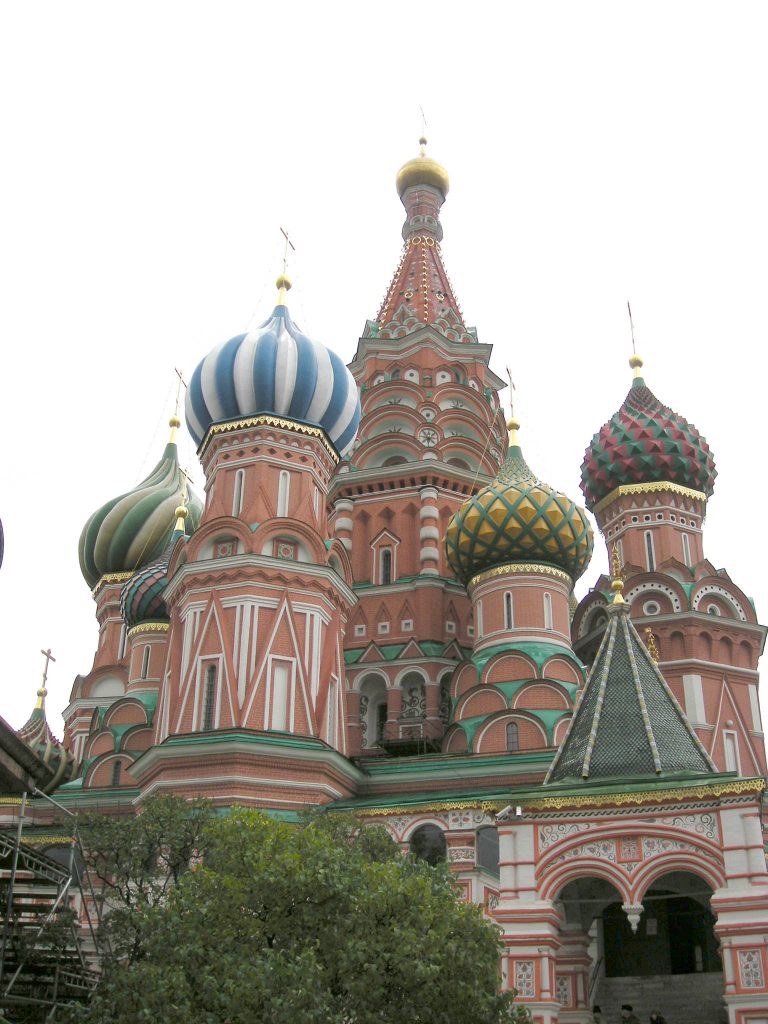
Yet, unlike in other countries where the Chinese have settled, their presence in Russia seems tightly controlled by Russian authorities, thus the people are generally not seen, and there are few business signs in Chinese to announce a Chinese establishment.
Nonetheless, there are Chinese illegal immigrants who live and work in Russia, like those Chinese students working in businesses; and they contribute to the forming of a new generation of Chinese established in Russia.
